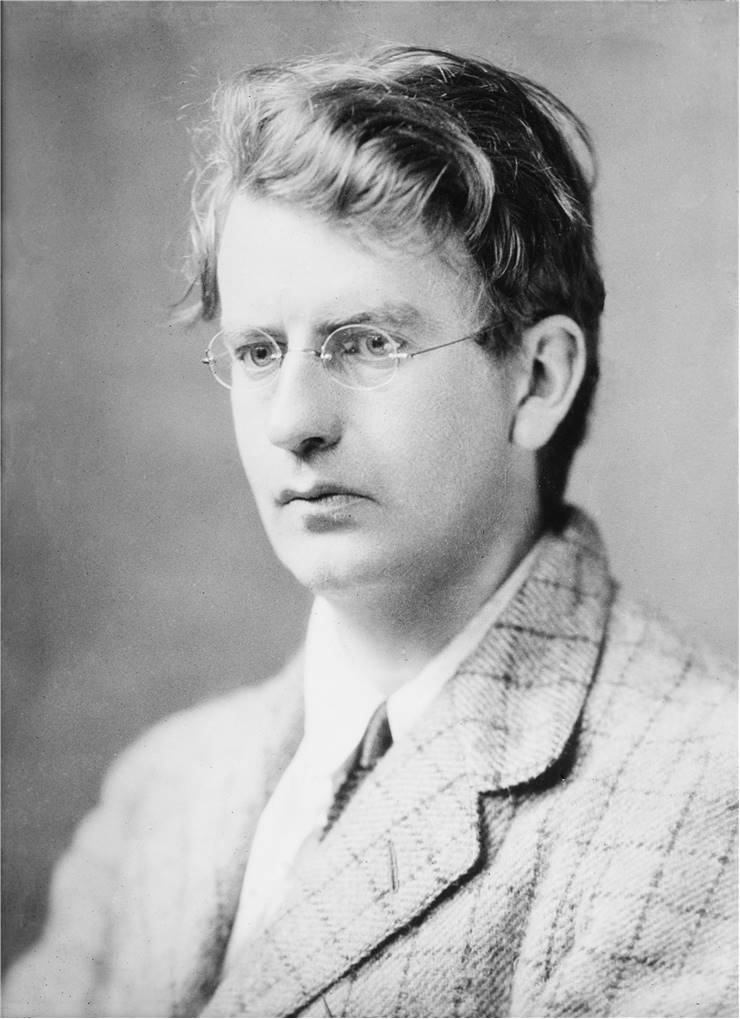John Logie Baird - Inventor of the first publicly demonstrated television
John Logie Baird (13 August 1888 - 14 June 1946) was a Scottish inventor and engineer that will remain forever remembered as one of the most influential pioneer of the early television development. His work on electromechanical television cameras and television sets paved the way for the other inventors, and Baird himself received substantial fame by managing to showcase to the world first fully electronic color television tube.
John Logie Baird was born in Helensburgh, Dunbartonshire, Scotland on 13 August 1888. During his youth he was very interested in the electricity and its properties. After finishing course in electrical engineering at the Glasgow and West of Scotland Technical College, he went to study electrical engineering but was sadly interrupted with the outbreak of World War I.

After the war Baird did not return to College and opted to start working by himself with electric devices. Even though he was not the first man who worked on improving television technology, he was one of the few Englishman’s who did so. After few initial attempts to make working television set, he moved to Hastings, on the south coast of England, where he managed to create several working designs. Famously, he managed to make one of his early television sets by using common items such as bicycle lenses, tea chest, darning needless, scissors, old hatbox, wax and glue. He showcased this design in 1924 to Radio Times, but was still not satisfied with this semi-mechanical analogue television system that was able only to reproduce moving silhouette. He returned to London, and there managed to improve his television set that was now capable of showing much more precise moving silhouettes. This invention quickly became showcased to the entire London, with 3 week long series of demonstration that were done in early 1925.
Towards the end of 1925, Baird finally managed to successfully transmit first grayscale image to his television set by using 30 vertical scan lines with 5 frames per second. Quickly after that, Baird invention was shown in several influential places. First in the offices of the Daily Express newspaper, and on 26 January 1926 in the presence of the members of famous Royal Institution and the reporter from The Times who saw for the first time transmission with 12.5 frames per second. On July 3 1928, Bird showcased his first fully color transmission, and surprisingly, first stereoscopic television.
By then, Baird was already heavily invested in producing television technology that will be able to reproduce images over large distances. In 1927 he used 705 km long telephone wire to transmit one telecast, trying to out-do 362 km long American telecast that was made by AT&T Bell Labs. In 1928 Baird formed Baird Television Development Company Ltd, which was able to send television signal between England and New York, and the first television programme for the BBC. Year later Baird cooperated with Bernard Natan by forming France's first television company that started working from 1931. He also worked on large screens (theatre screen that over the years grown from 150 by 60cm to 4.6m by 3.7m). In the early years of BBC, English viewers could watch Baird’s television with 30 and 210 scanlines.
As fully mechanical television sets finally started to gain popularity, Baird continued to develop his own semi-mechanical designs. He patented several very important discoveries (cathode ray tube, rotating color filters), and even managed to showcase fully 3D capable television with 500 scanlines in 1941. Three years later he produced fully electronic color television with 600 scanlines. During the last years of the World War II, Baird almost managed to convince Hankey Committee to adopt his 1000 line scanline system as the main system of post-war BBC. This proposal that would bring modern HDTV picture to post-war Europe was sadly discarded because of the fear that such system would tax Britain’s low resources to the very limit. Instead of that, they adopted modest 405-line standard, which would remain in use for several more decades before the adoption of 625-line PAL system.
